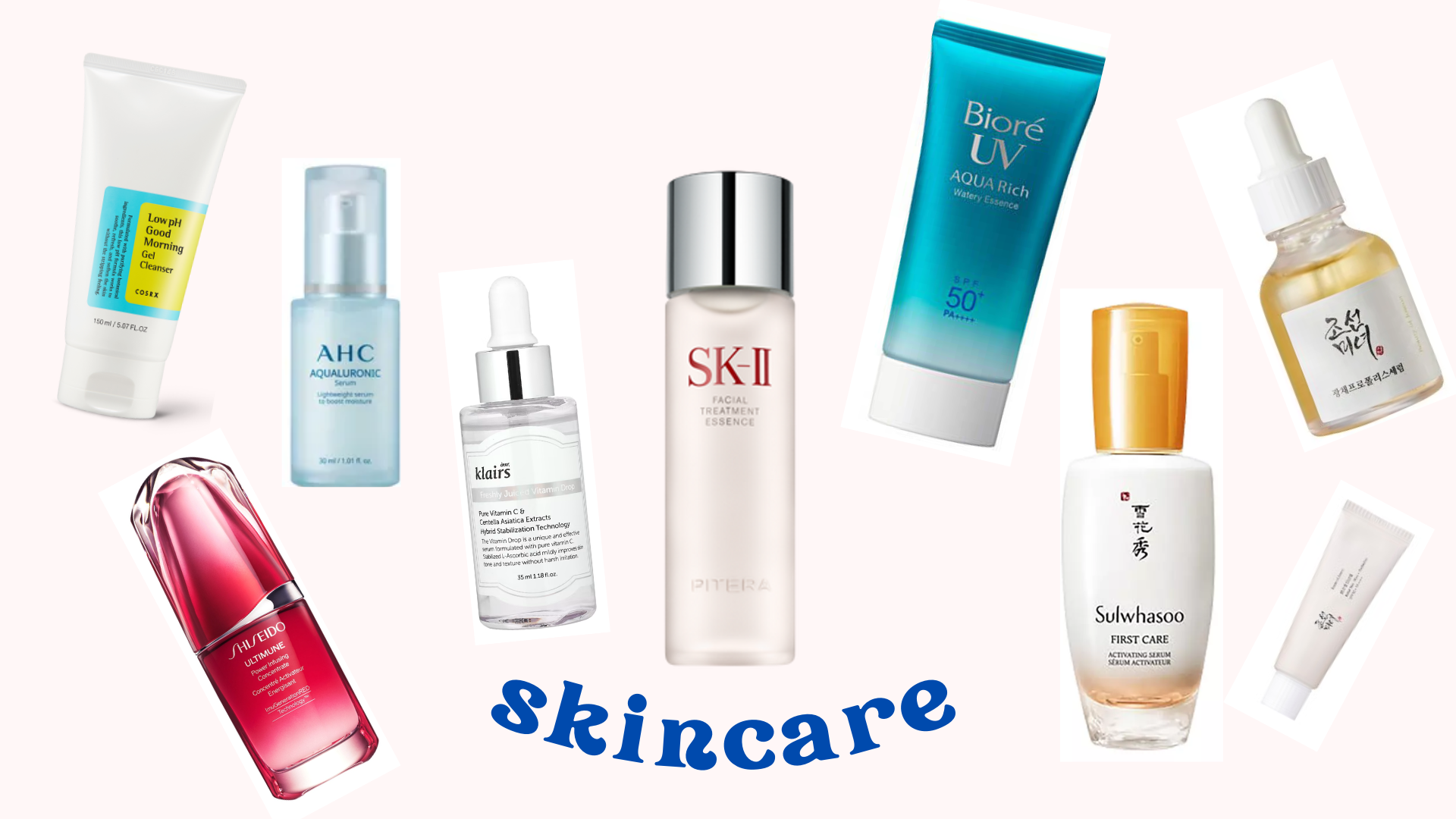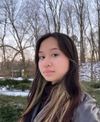Unlocking the Secrets of Eastern Skincare: A Beginner's Guide to Korean and Japanese Beauty Products

Are you tired of the same old skincare routine? Look no further than the world of Eastern skincare, where the focus is on nourishing the skin with natural ingredients and a multi-step regimen. Korean and Japanese skincare products have taken the beauty industry by storm, and for good reason. From the ever-popular sheet masks to the cult-favorite double cleansing method, there's something for everyone. In this beginner's guide, we'll take a deep dive into the world of Eastern skincare, uncovering the secrets to achieving a flawless complexion and the best products to add to your routine.
Guide to Korean Skincare Products
First and foremost, the double cleansing method is a staple in Korean skincare. This method involves using an oil-based cleanser to remove makeup and impurities, followed by a water-based cleanser to cleanse the skin. The double cleansing method is important because it ensures that all traces of makeup and impurities are removed, leaving the skin clean and refreshed. Some popular oil-based cleansers include the Banila Co Clean It Zero and the Heimish All Clean Balm. Water-based cleansers that are great for beginners include the Cosrx Low pH Good Morning Gel Cleanser and the Klairs Gentle Black Deep Cleansing Oil.
Next, exfoliation is an essential step in a Korean skincare routine. Exfoliating helps to remove dead skin cells and brighten the skin. There are two types of exfoliators: physical and chemical. Physical exfoliators, such as scrubs, use gentle beads or granules to remove dead skin cells. Chemical exfoliators, such as AHAs and BHAs, use acids to remove dead skin cells. Some popular physical exfoliators include the Neogen Bio-Peel Gauze Peeling Wine and the Skinfood Black Sugar Mask. Chemical exfoliators that are great for beginners include the Cosrx AHA/BHA Clarifying Treatment Toner and The Ordinary Lactic Acid 10% + HA.
Toning is also an important step in a Korean skincare routine. Toning helps to balance the skin's pH levels and prepare the skin for the next step in the routine. Some popular toners include the Klairs Supple Preparation Facial Toner and the Son & Park Beauty Water.
Serums and ampoules are highly concentrated formulas that target specific skin concerns such as hydration, brightening, and anti-aging. They are usually applied after toning and before moisturizing. Some popular serums and ampoules include the Missha Time Revolution The First Treatment Essence and the Benton Snail Bee High Content Essence.
Last but not least, moisturizing is an essential step in a Korean skincare routine. Moisturizing helps to hydrate and protect the skin from further damage. There are different types of moisturizers, such as lotions, creams, and sleeping packs. Some popular moisturizers include the Laneige Water Sleeping Mask and the Etude House Moistfull Collagen Cream.
Guide to Japanese Skincare products
The focus is on using high-quality ingredients that are gentle on the skin and providing the skin with what it needs to function at its best. In this beginner's guide, we'll take a look at some of the key components of a Japanese skincare routine and the best products to add to your routine.
Cleansing is the first step in a Japanese skincare routine. Japanese cleansers tend to be gentle and non-foaming, as the goal is to cleanse the skin without stripping it of its natural oils. Some popular Japanese cleansers include the DHC Deep Cleansing Oil and the Shu Uemura Ultim8 Cleansing Oil (on the expensive side).
Exfoliating is not a common step in a Japanese skincare routine, as the focus is on gentle and non-invasive methods of removing dead skin cells. Instead of traditional exfoliators, Japanese skincare routine often include enzyme exfoliators, which use enzymes to gently remove dead skin cells. Some popular enzyme exfoliators include the Kose Softymo Speedy Cleansing Oil and the Cure Natural Aqua Gel.
Toning is an important step in a Japanese skincare routine. Toning helps to hydrate and balance the skin's pH levels. Japanese toners tend to be lightweight and hydrating, such as the Hada Labo Gokujyun Lotion and the SK-II Facial Treatment Essence (on the expensive size).
Serums and essences are also an important step in a Japanese skincare routine. These products are designed to target specific skin concerns, such as hydration, brightening, and anti-aging. They are usually applied after toning and before moisturizing. Some popular Japanese serums and essences include the Shiseido Ultimune Power Infusing Concentrate and the SK-II R.N.A. Power Radical New Age Essence.
Moisturizing is the final step in a Japanese skincare routine. Japanese moisturizers tend to be lightweight and quickly absorbed, such as the Hada Labo Gokujyun Cream and the Shiseido Perfect Hydrating BB Cream.
Japanese skincare is also known for its emphasis on using natural ingredients, such as green tea, rice bran, and sake. These ingredients are known for their antioxidant and anti-inflammatory properties, making them great for keeping the skin healthy and nourished.
So, where can I find Korean and Japanese skincare products?
That is a great question to ask. For me, I would search for these products online. You can click the links to search for these products that I've recommended (affiliated links). Some websites I use to get these products are YesStyle.com, Wishtrend.com, and amazon.
